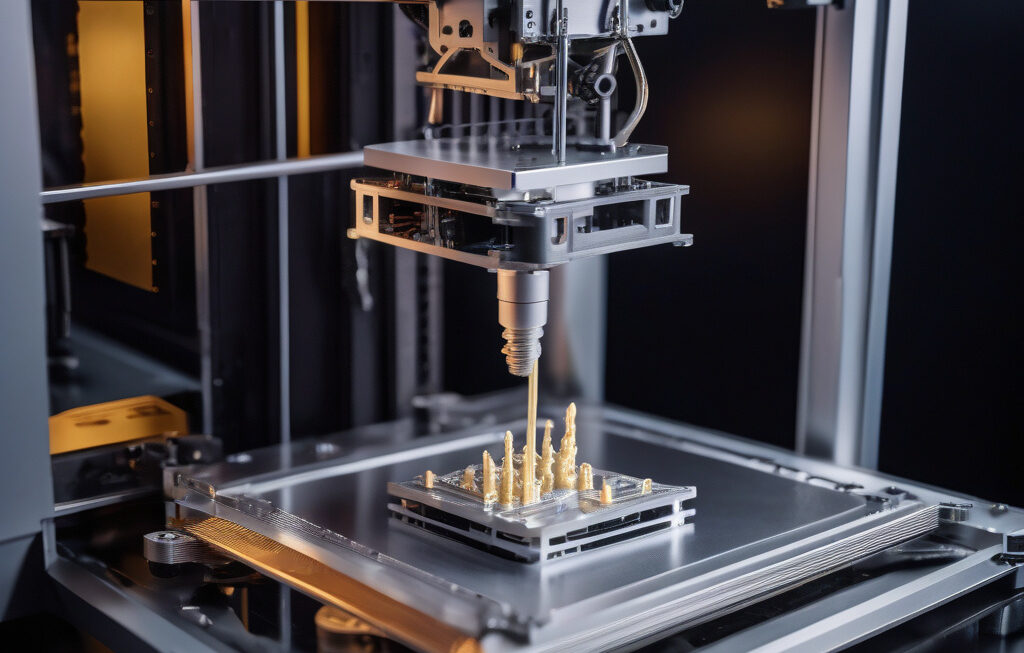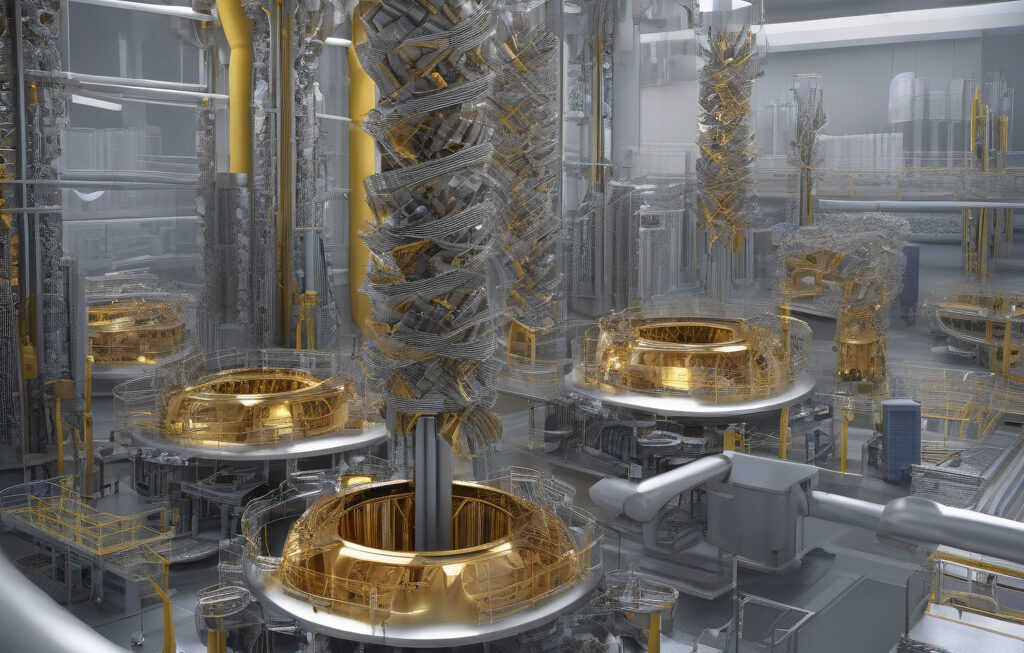Scientists Design New Class of Copper-Free High-Temperature Superconductors
Superconductivity is a central phenomenon for several existing and future technologies. This is the ability to conduct electricity without any resistance, leading to the efficient transmission of power and the development of powerful electromagnets. For decades, copper-based materials have been at the forefront of superconductivity research due to their high-temperature superconducting properties. However, a recent groundbreaking discovery has shaken up the field – scientists have designed a new class of copper-free high-temperature superconductors that could revolutionize the industry.
The traditional superconductors, such as Yttrium Barium Copper Oxide (YBCO), have been limited by the high cost and scarcity of copper. This limitation has hindered the widespread adoption of superconducting technologies in various applications, from energy transmission to medical imaging. The newly developed copper-free superconductors offer a solution to this challenge by eliminating the need for copper while maintaining high-temperature superconducting capabilities.
One of the key advantages of the copper-free superconductors is their potential for cost reduction. Copper is a relatively expensive material, and its scarcity can lead to price fluctuations in the market. By developing superconductors that do not rely on copper, scientists have opened up the possibility of mass-producing these materials at a lower cost, making superconducting technologies more accessible to industries and consumers alike.
Moreover, the new class of superconductors exhibits enhanced performance characteristics compared to traditional copper-based materials. The absence of copper allows for improved flexibility in tuning the properties of the superconductors, such as critical temperature and critical current density. This flexibility opens up new avenues for tailoring superconducting materials to specific applications, thereby expanding the potential use cases for superconductivity.
In addition to the cost and performance benefits, the copper-free superconductors also offer environmental advantages. Copper mining and extraction processes are known to have significant environmental impacts, including habitat destruction and water pollution. By reducing the reliance on copper in superconducting materials, scientists are contributing to a more sustainable approach to technology development.
The implications of this breakthrough extend beyond the realm of superconductivity. The ability to design high-temperature superconductors without copper paves the way for innovations in other fields, such as quantum computing, energy storage, and magnetic levitation. These advancements have the potential to drive progress in various industries and shape the future of technology.
As researchers continue to explore the capabilities of copper-free high-temperature superconductors, the possibilities for innovation are limitless. From more efficient power grids to faster computing systems, the impact of this discovery is set to be profound. By pushing the boundaries of superconductivity and materials science, scientists are opening doors to a new era of technological advancement that promises to transform the way we live and work.
In conclusion, the development of a new class of copper-free high-temperature superconductors marks a significant milestone in the field of materials science. With the potential to revolutionize multiple industries and drive sustainable innovation, these superconductors represent a leap forward in the quest for more efficient and environmentally friendly technologies. The future looks bright for superconductivity, thanks to this groundbreaking discovery.
superconductivity, high-temperature, copper-free, technology, innovation












